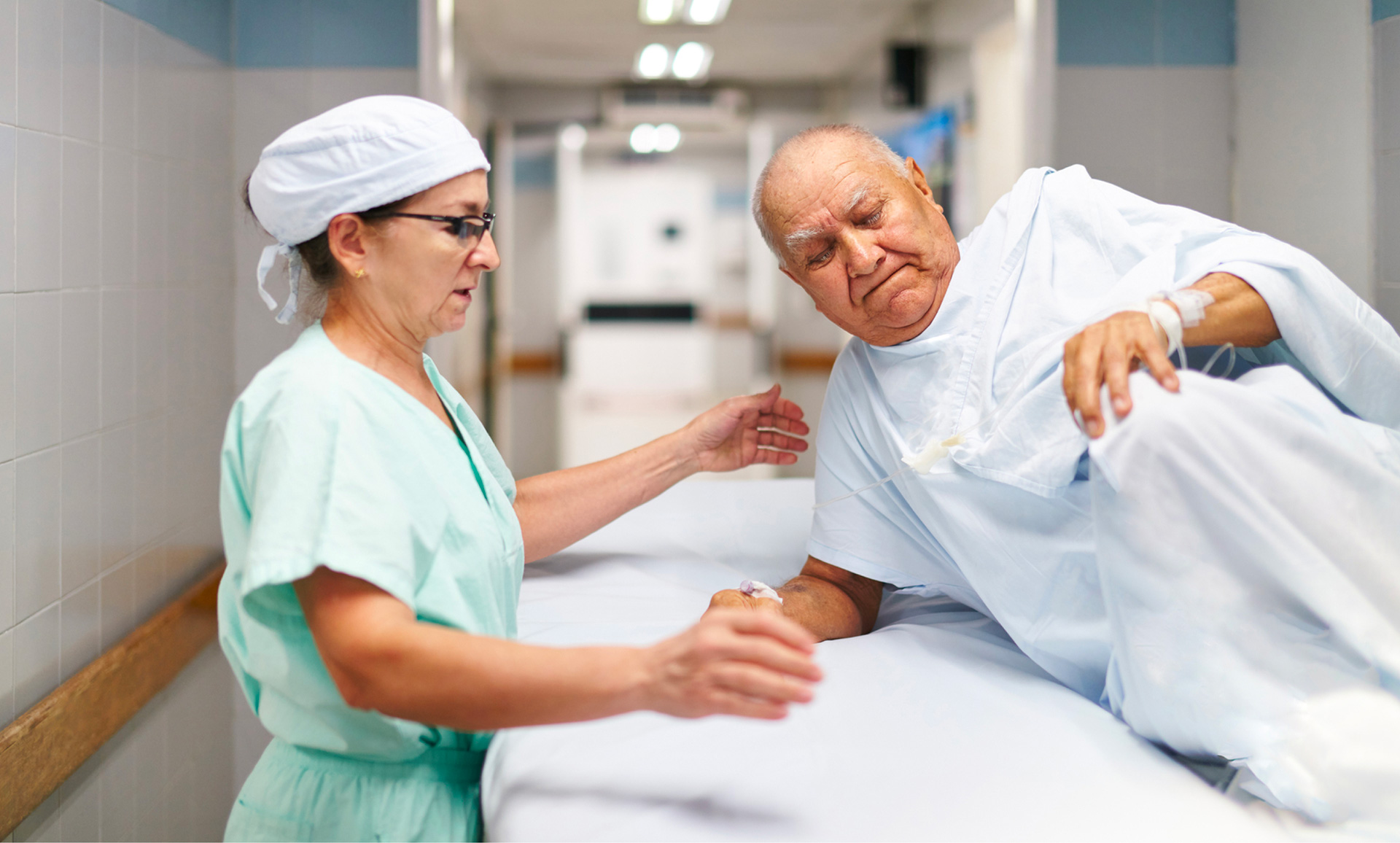
Illuminate HC Case Study
Improving Comfort and Safety
Summary
We worked with Illuminate HC, winner of the McKnight Tech Award, to rethink the future of post-hospital care. The project brief was simple: redesign the bedside call-light mechanisms to improve the level of service and pilot the product in local post-care facilities. Through our process, we arrived at a design solution that included a connected ecosystem of tablets and wearables for the nursing staff—one that objectively reduced call-light response times by 50%.


Centralized Call Light
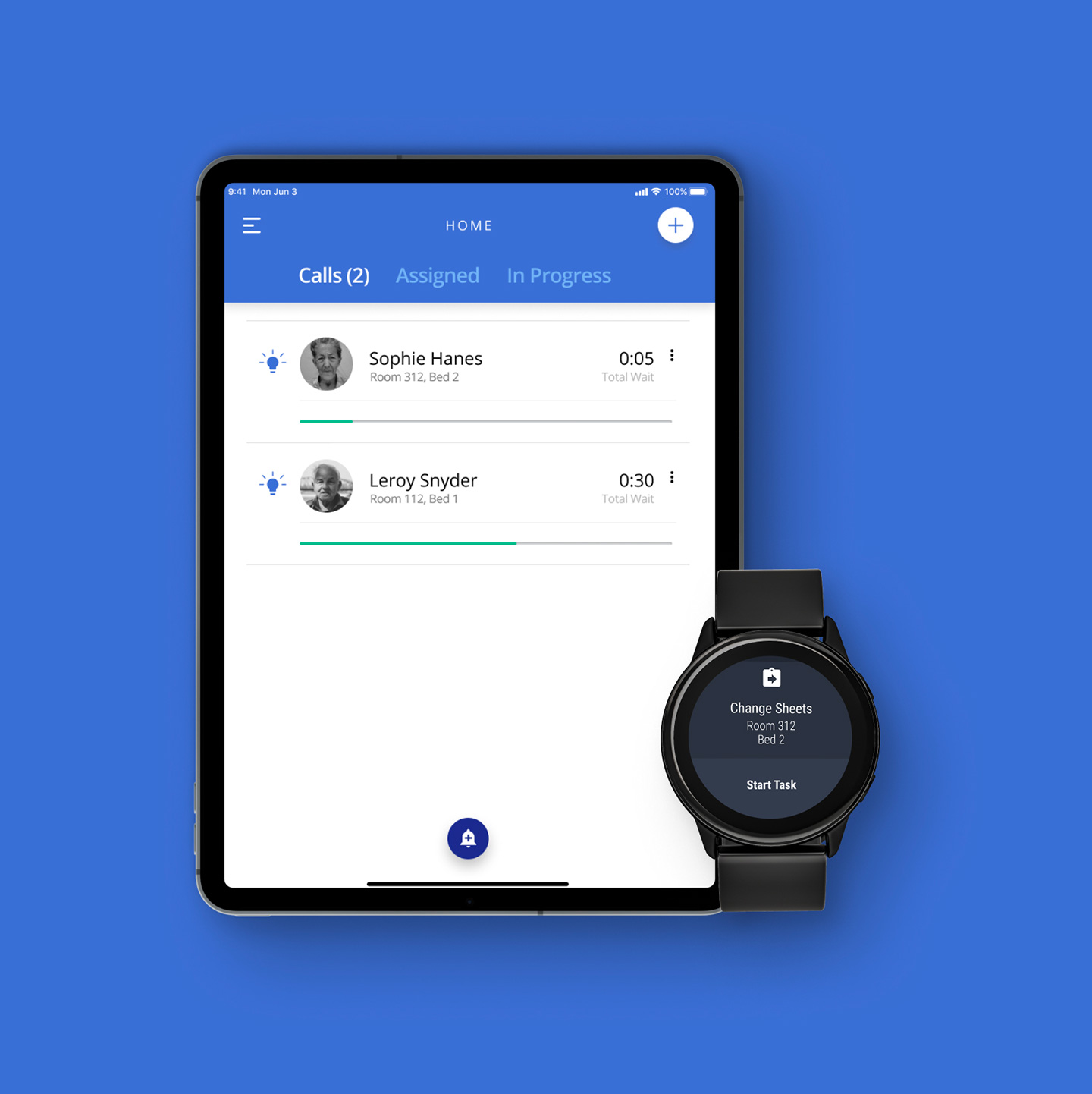
01
The initial research revealed that delays in call-lights could be reduced by hourly rounding by staff and a lack of trust by the patient that it actually works. By architecting a Centralized Paradigm in which a single nurse (also referred to as the Nurse Quarterback) triages patient call, we could allow the nurse staff to respond to patient needs in under 90 seconds.
02
Task Automation
We needed a way to deactivate the call light before choosing the task description, and persistently displaying the new call card. We designed affordances for a nurse quarterback to choose from three options when receiving a new call notification: Cancelling a call, selecting a task for distribution and dismissing. Thereafter, once the nurse quarterback attends to the patient and assesses needs, selects task, he or she can quickly distribute for automatic assignment. To reduce any bottles necks in the workflow, we designed a mechanism where, at any given moment, the app can assign a priority ranking for each staff member.
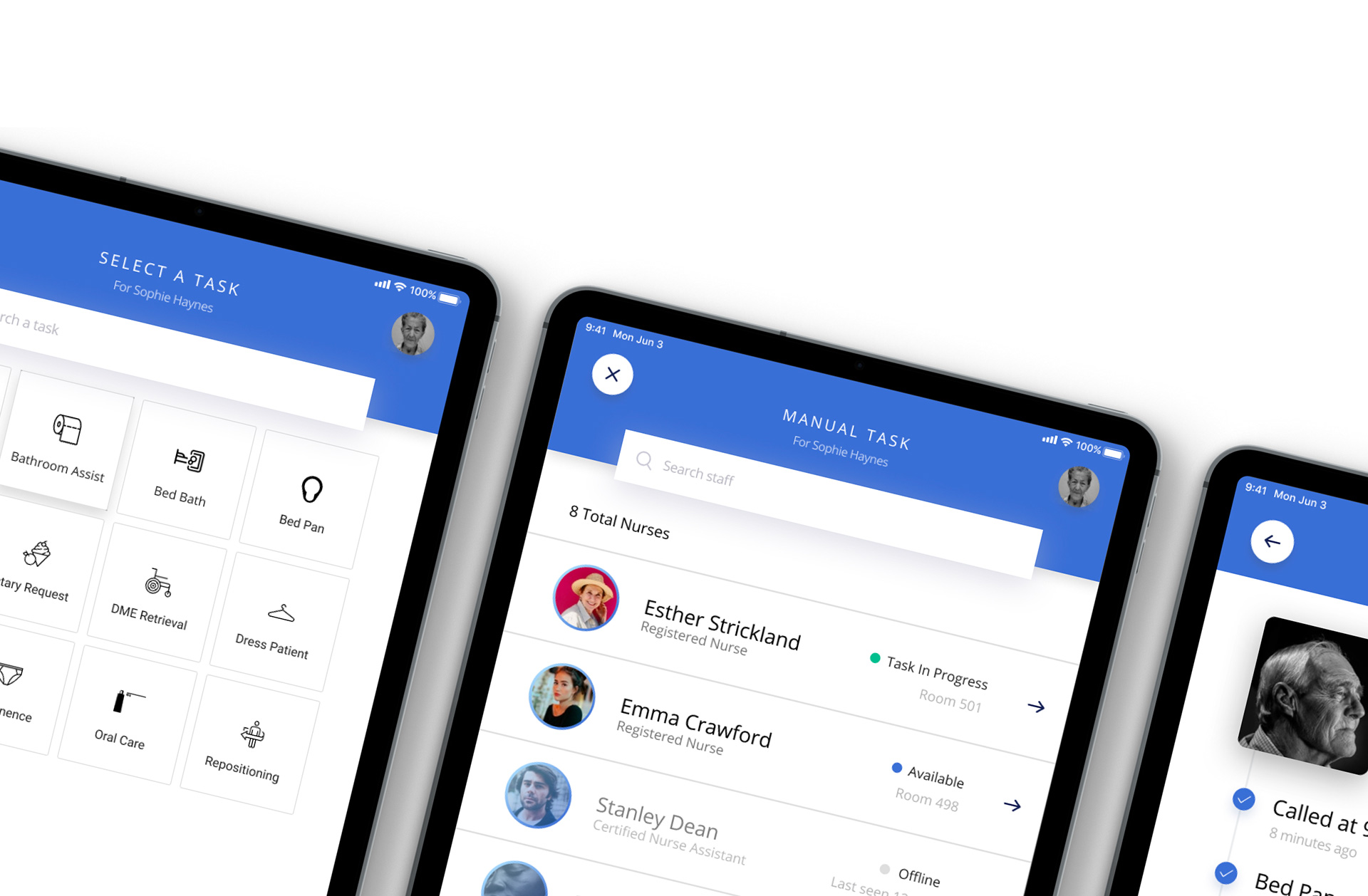
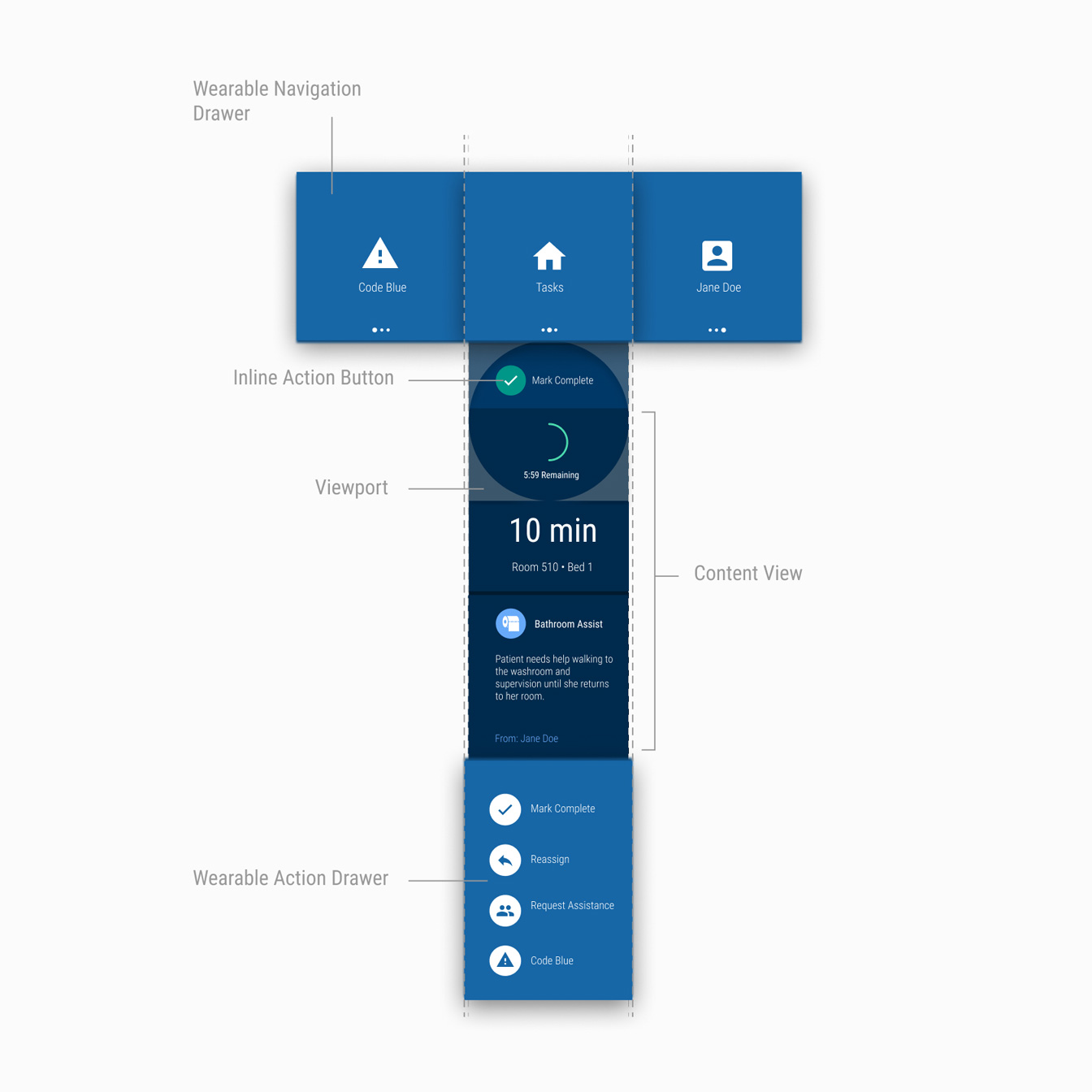
03
The watch anatomy was primarily designed for notifying nurse staff of an incoming floor assignment. But the peripheral UI was also conducive for other actions such as quickly activating code blue, reassigning tasks and logging in or out (the wearables were shared by staff).
Code Blue

04
With "Code Blue." an emergency situation which a patient is in cardiopulmonary arrest, requiring all staff members rush to the specific location. When Code Blue is activated, a dialogue appears on all nurse staff interfaces marking the exact location within the vicinity until it is deactivated by the user that initiated the call.
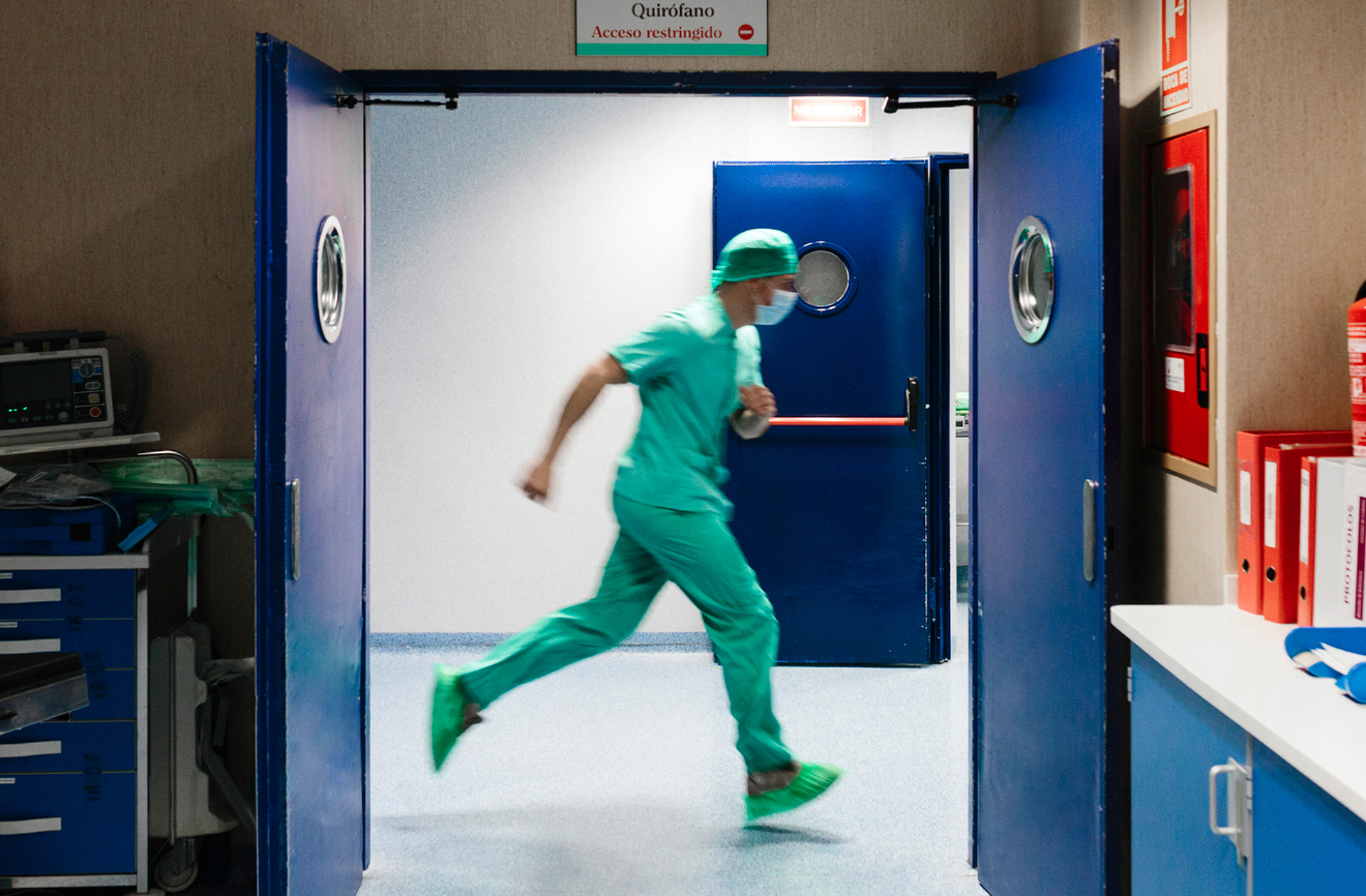
Response Time Cut in Half
Since the system’s implementation, piloted at Warren Barr Gold Coast in Chicago, the patient experience has seen a 20% reduction in call-light response time after the first quarter of deployment, and a 50% reduction by the fourth quarter.